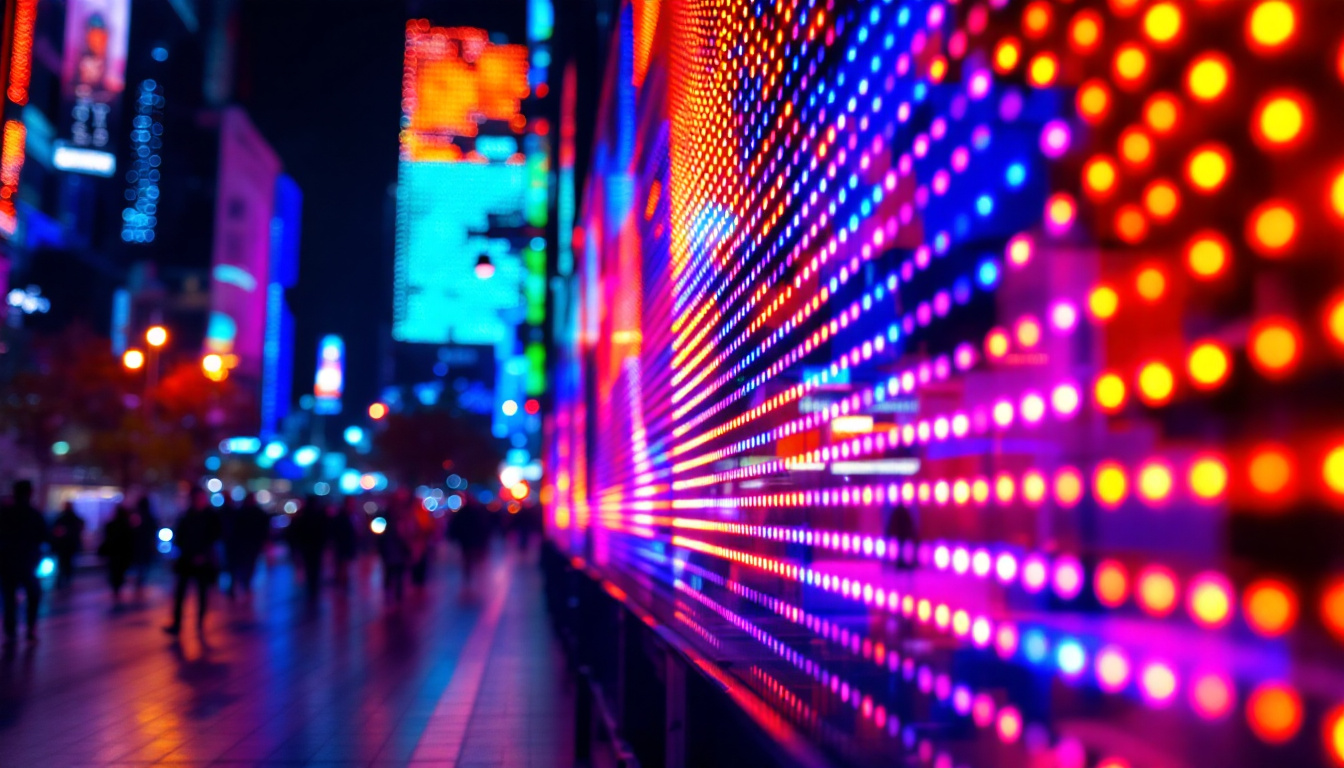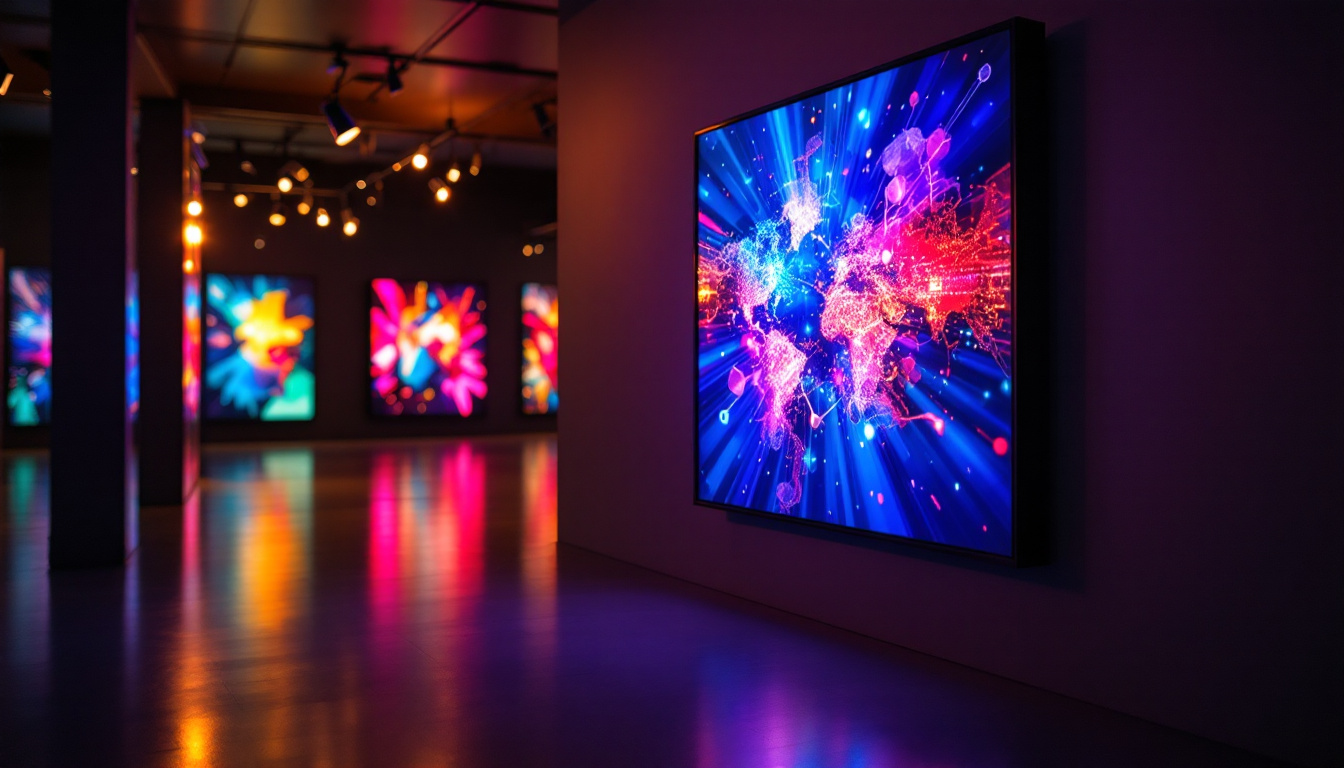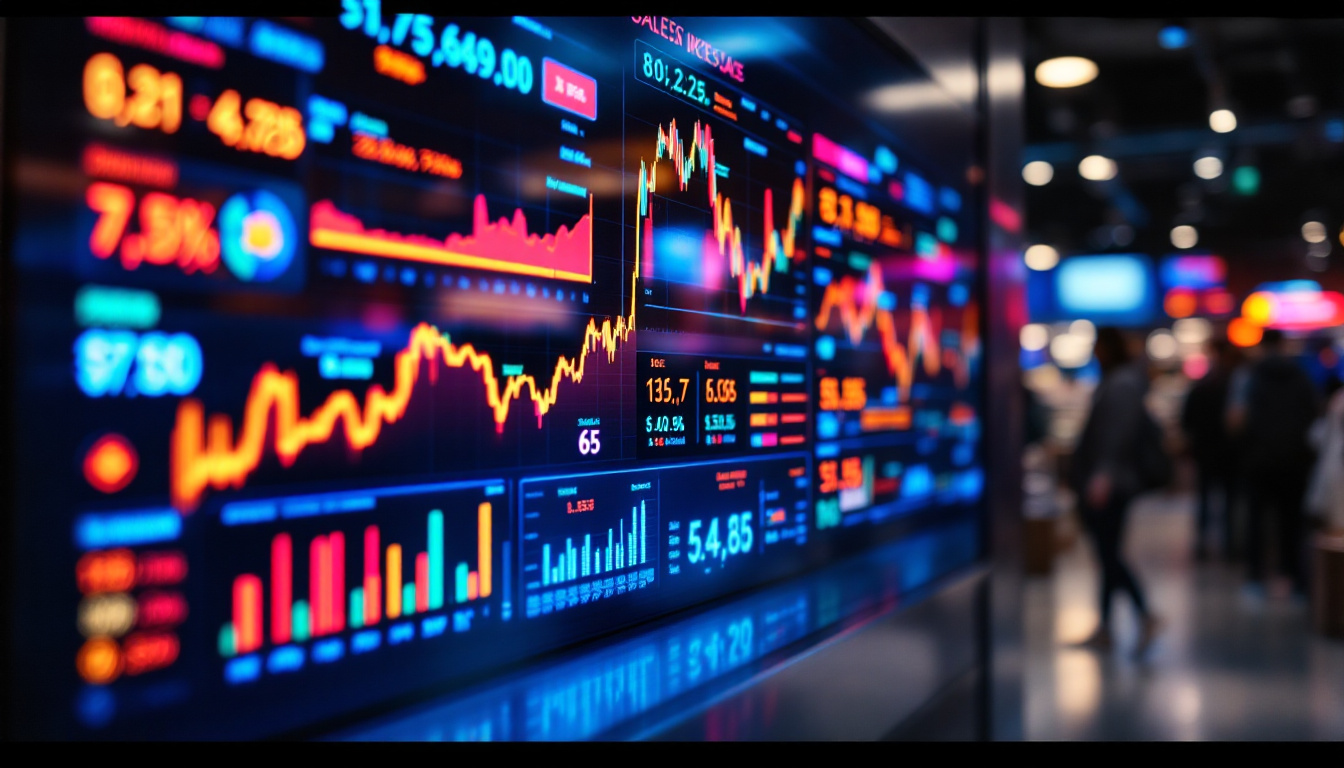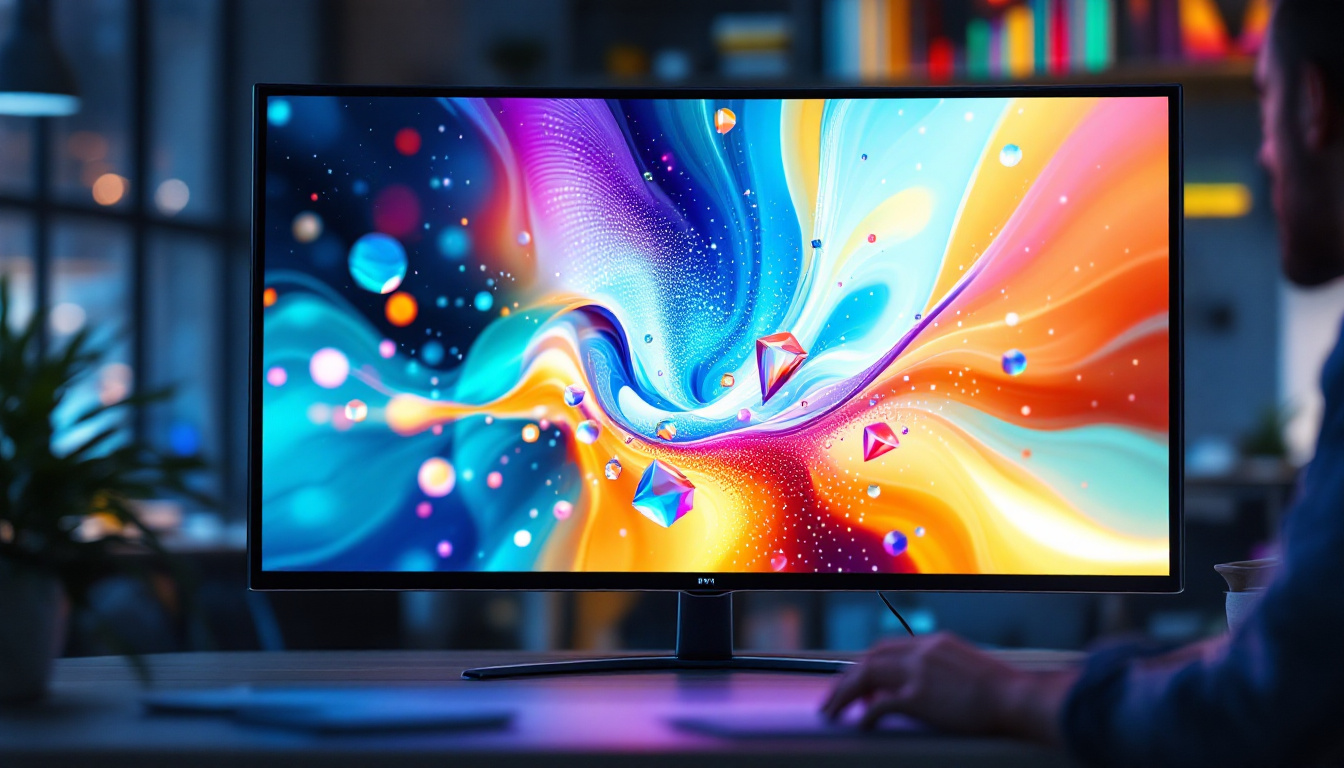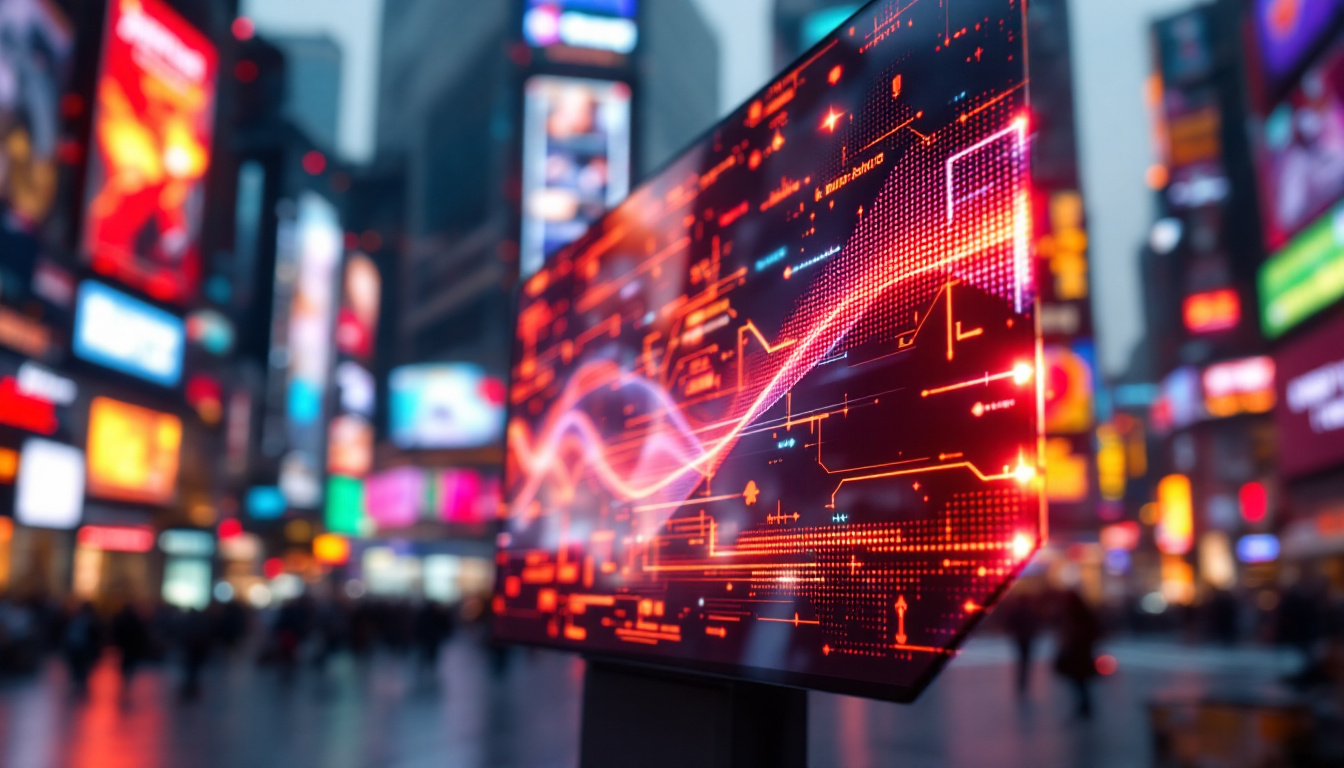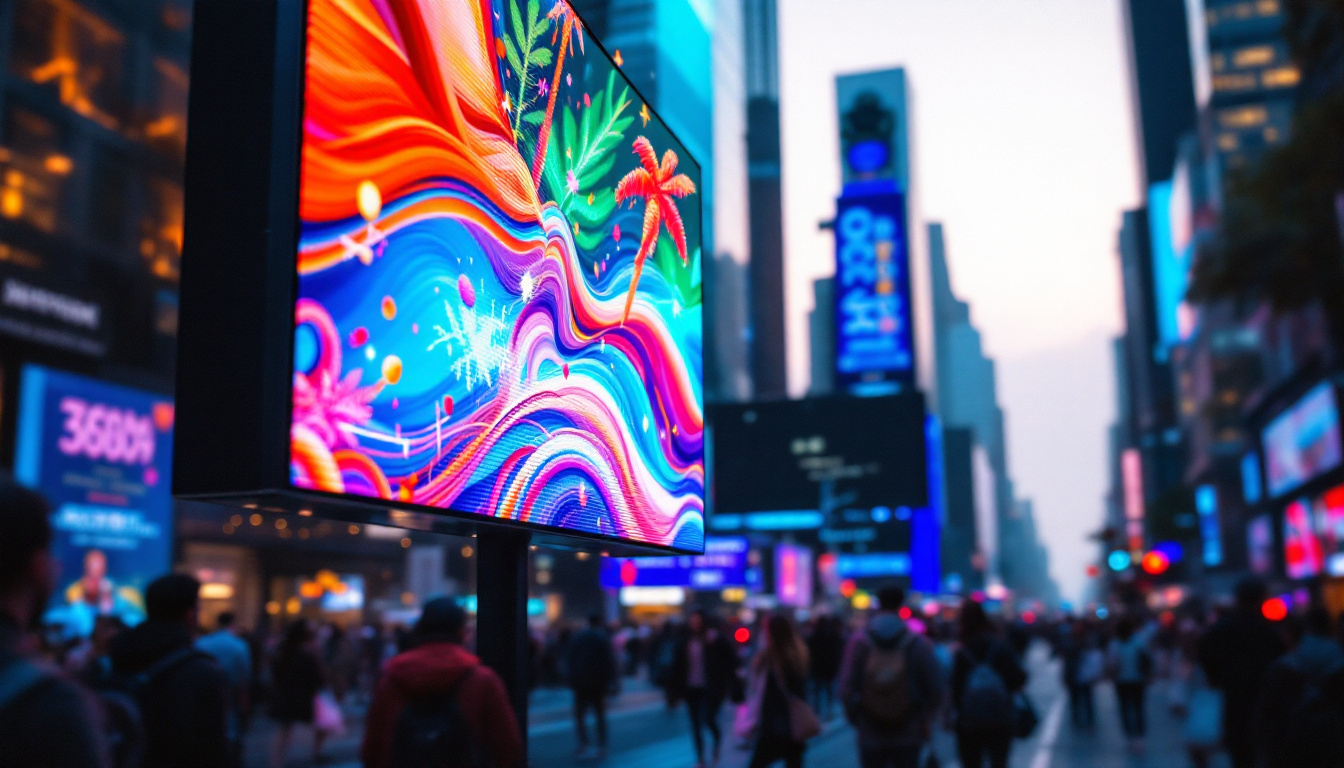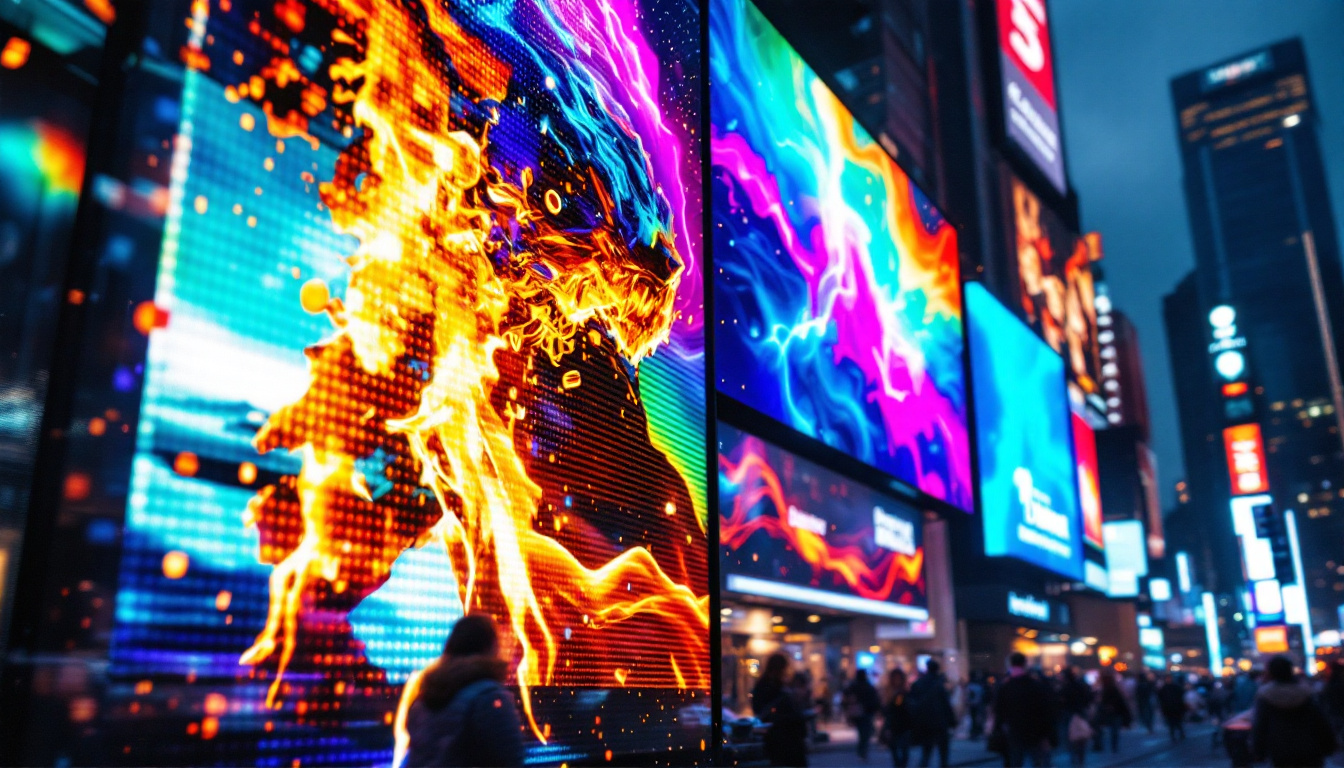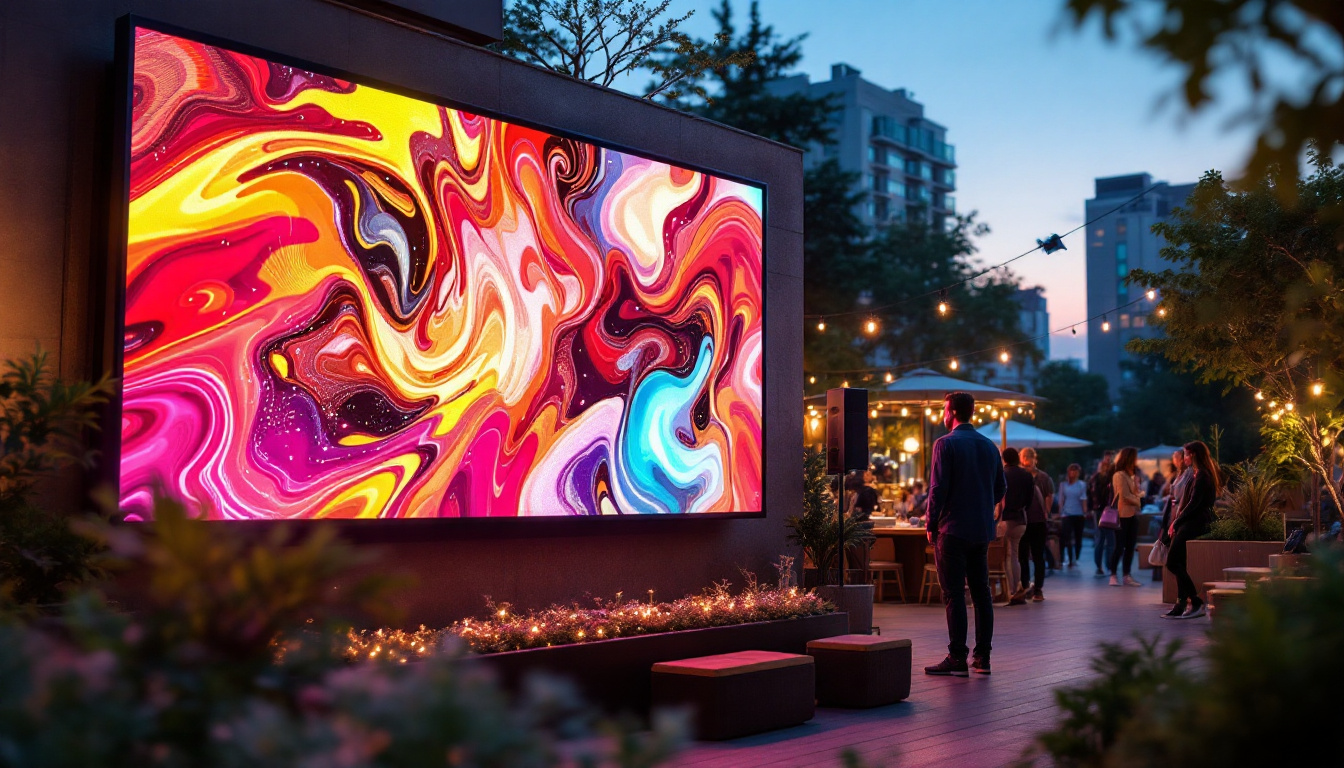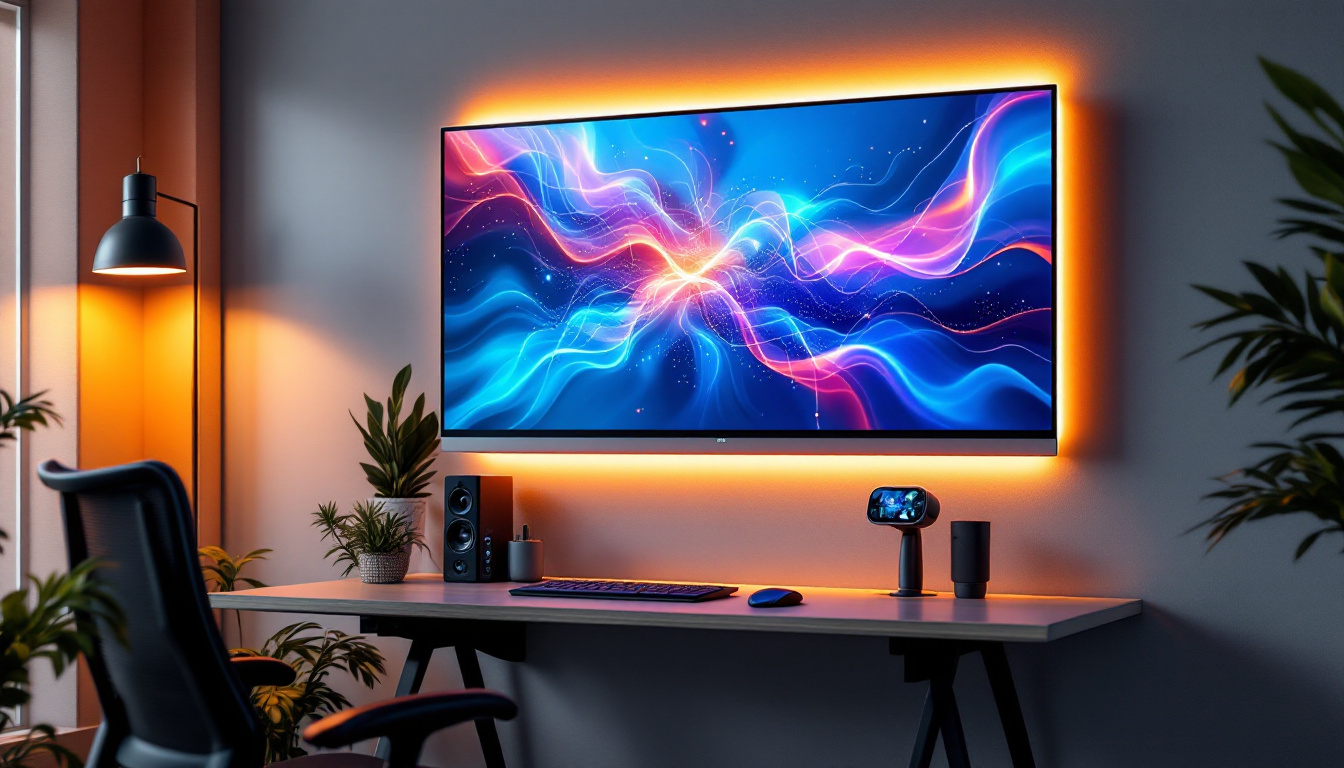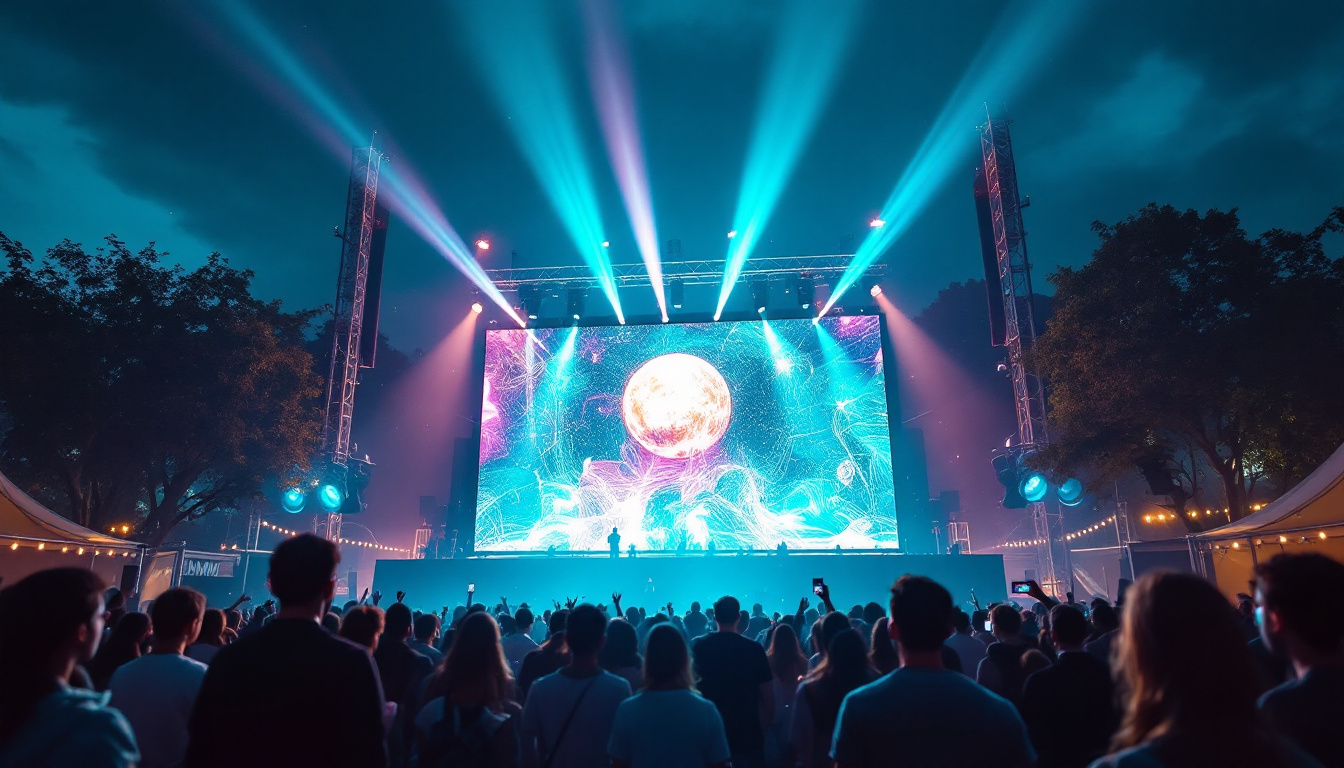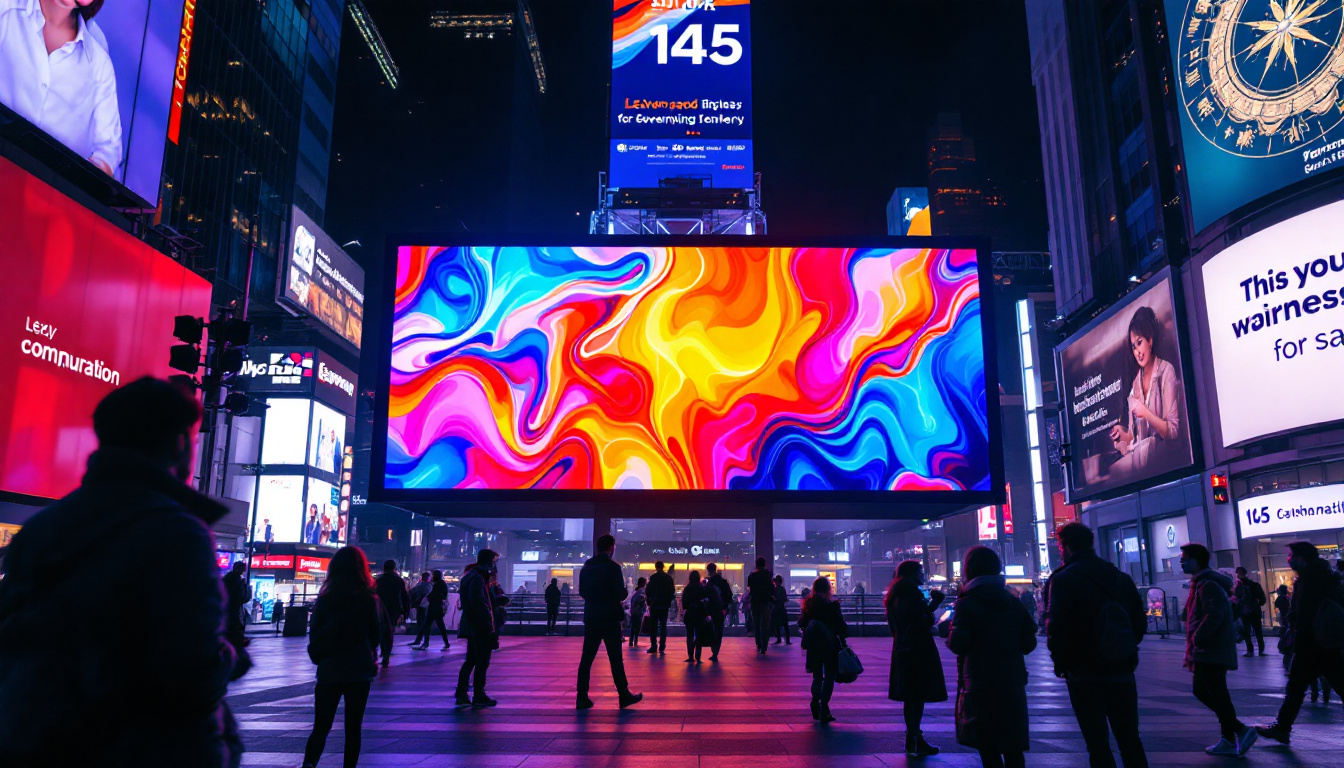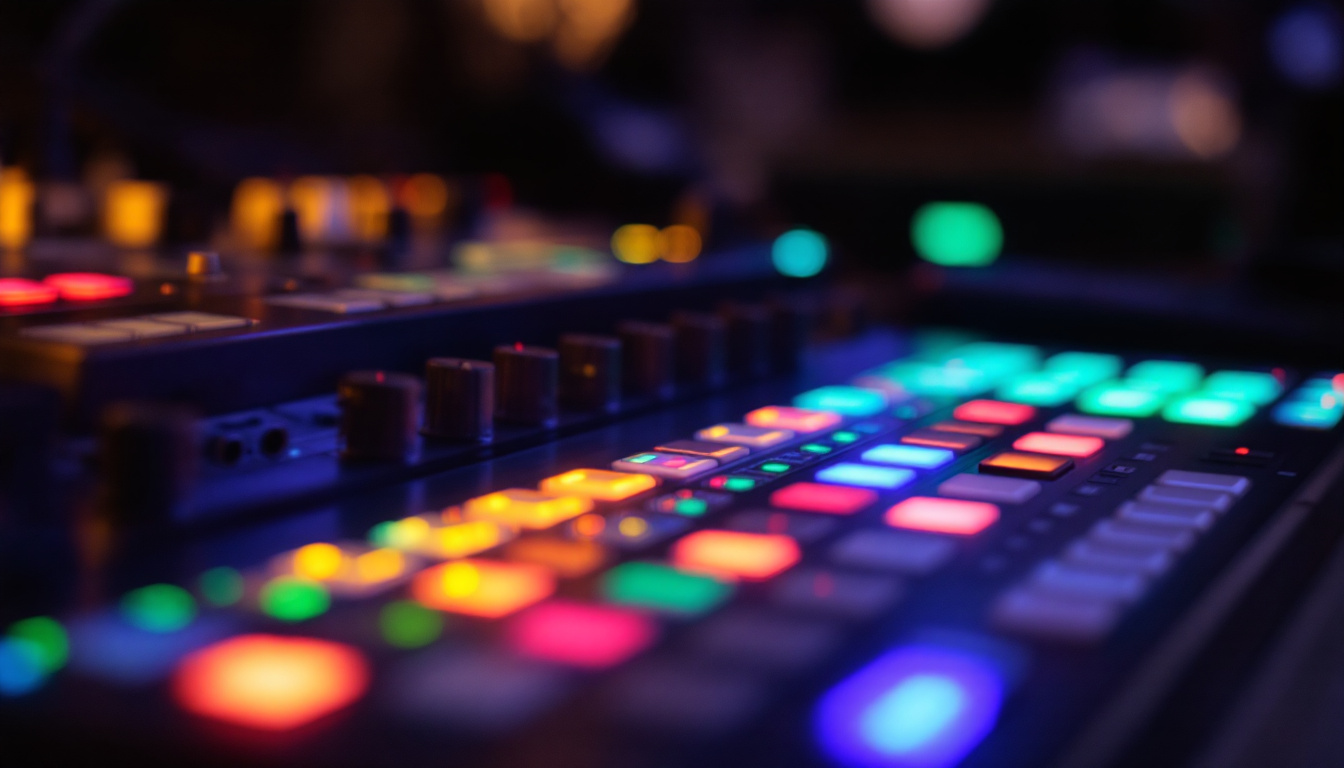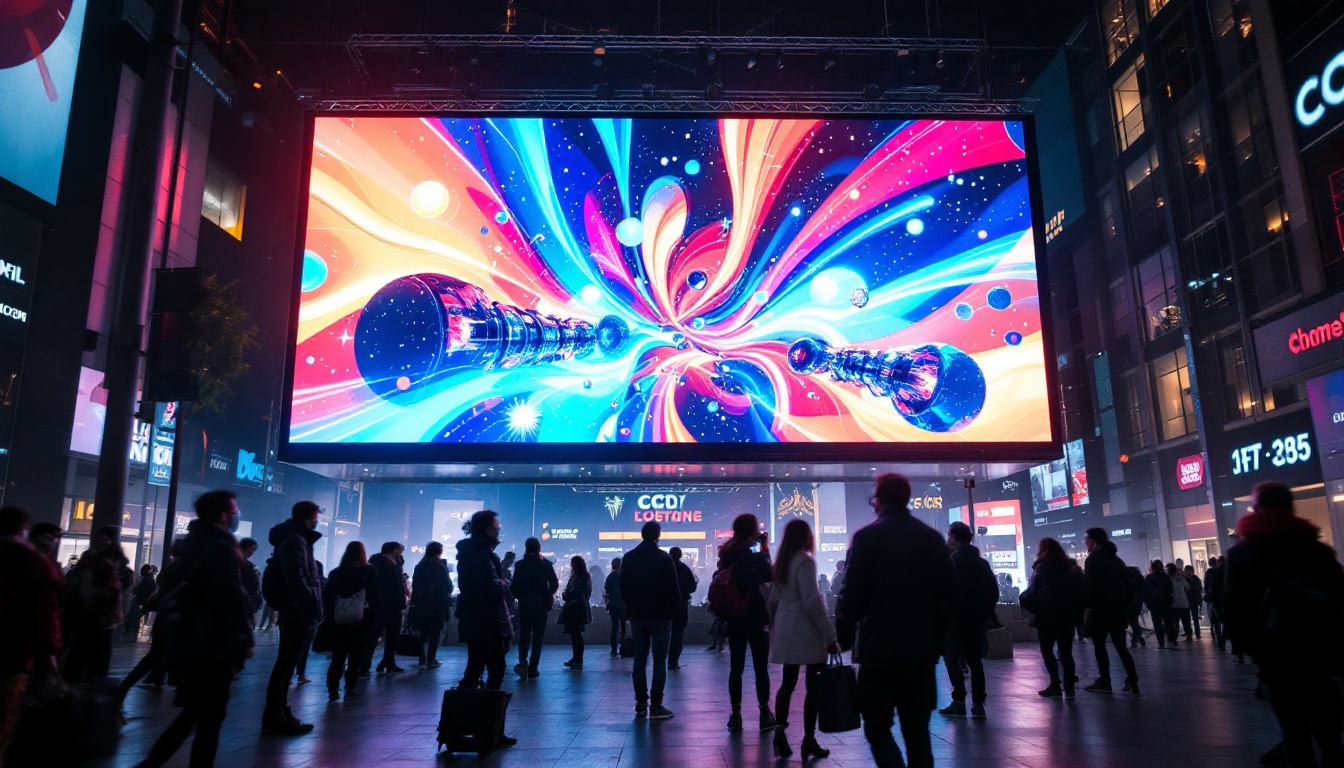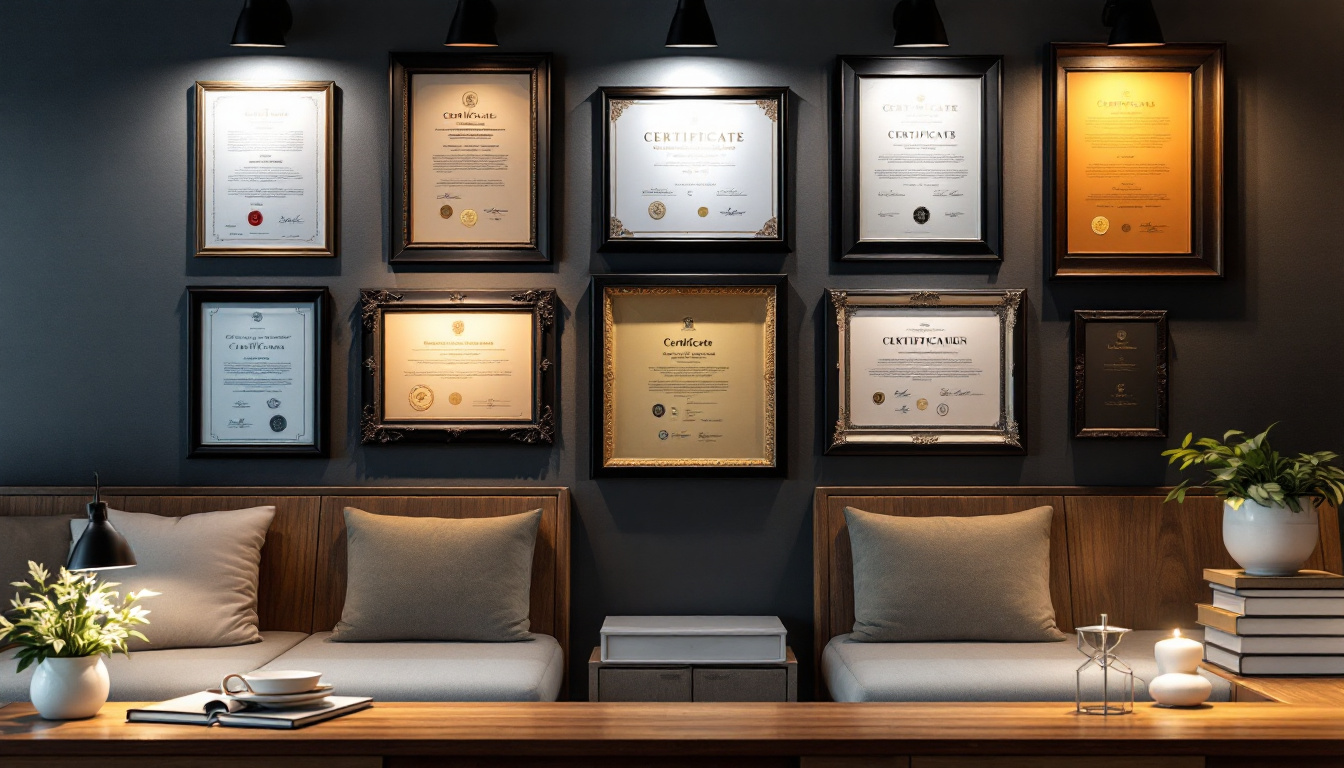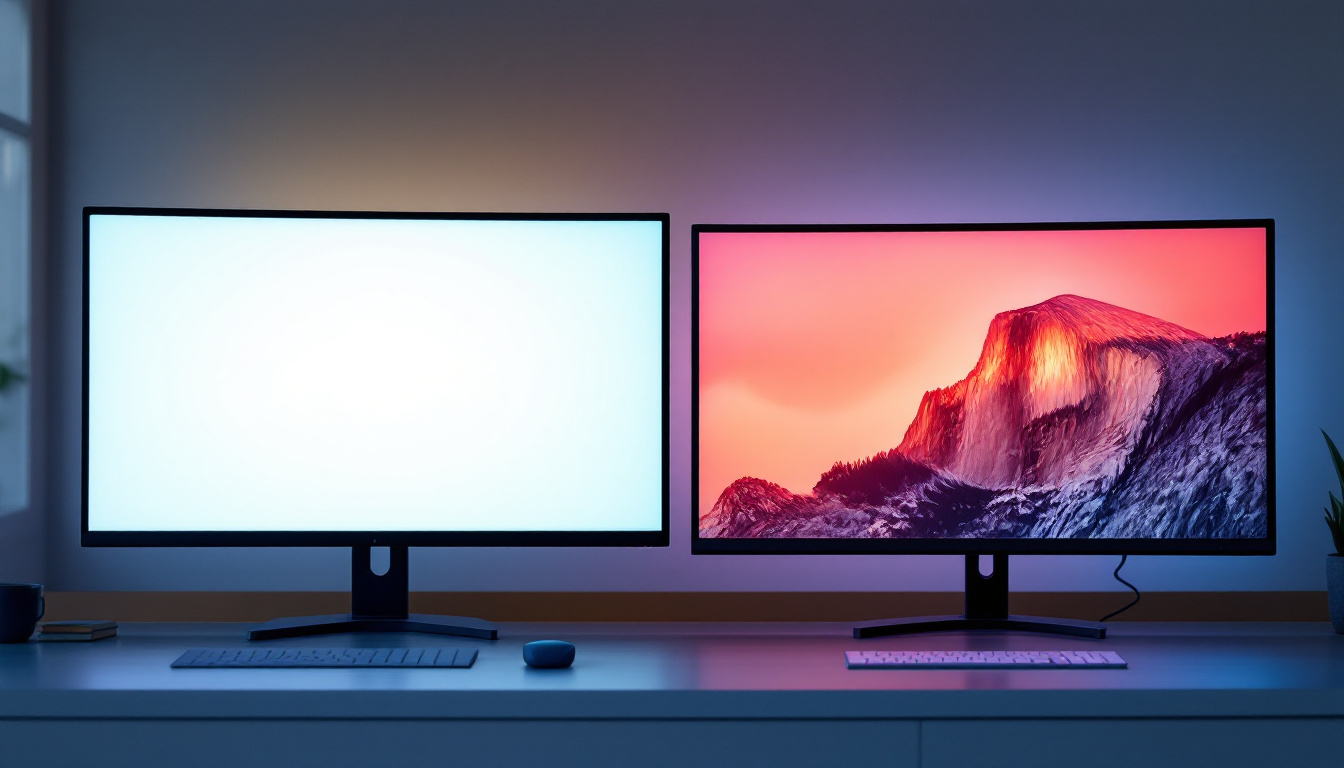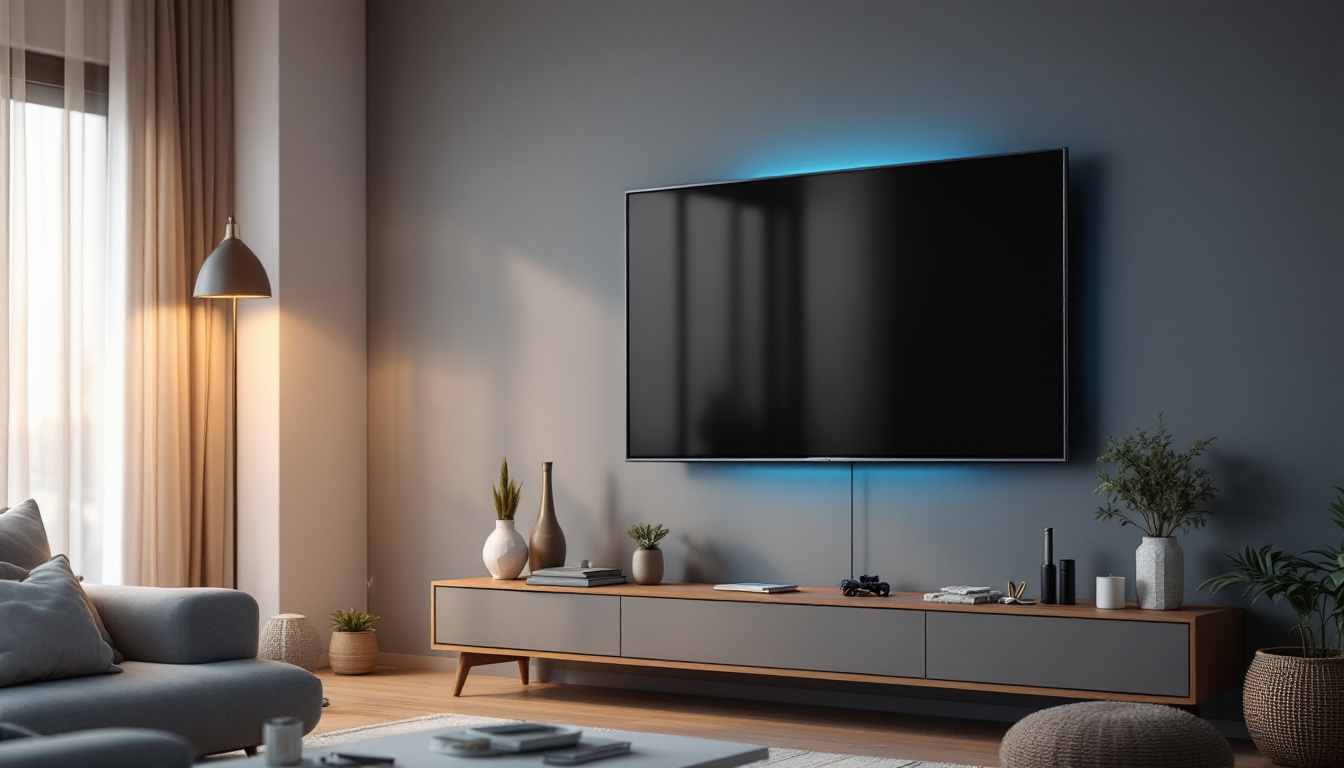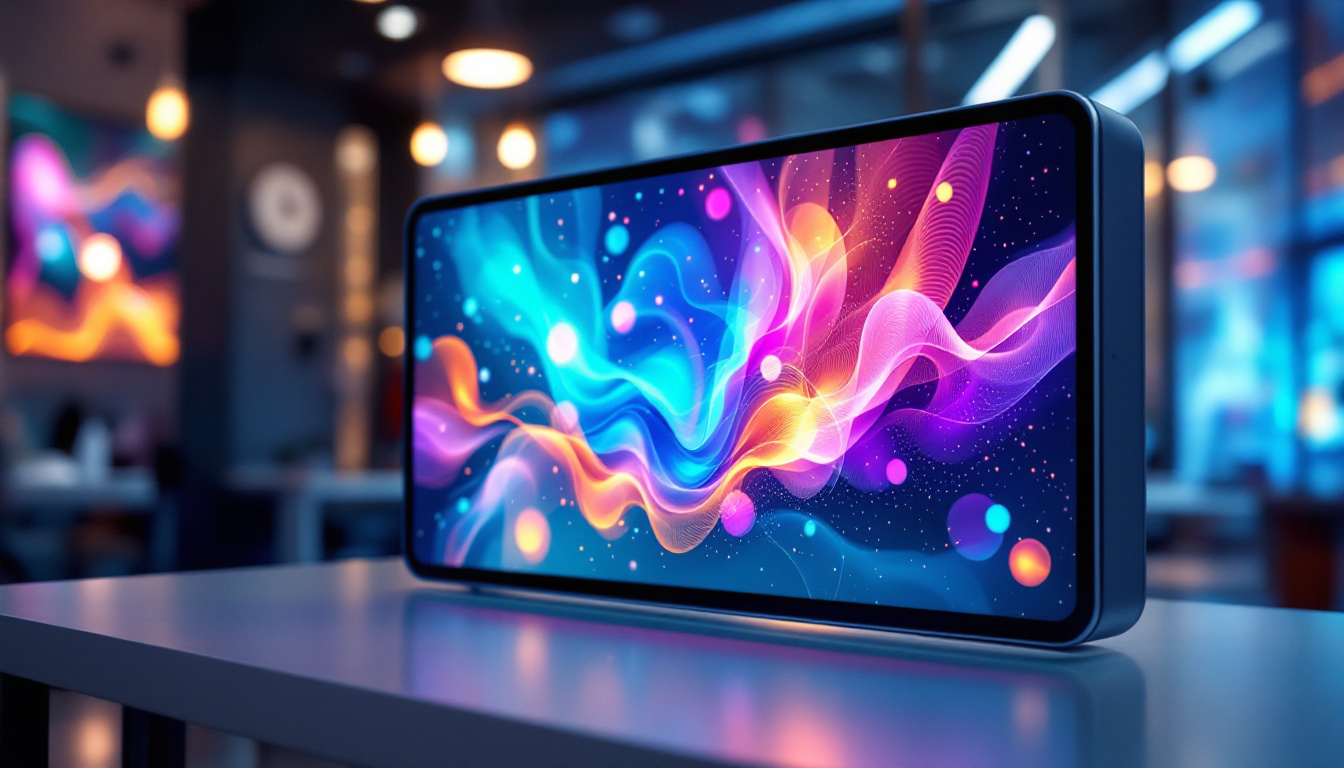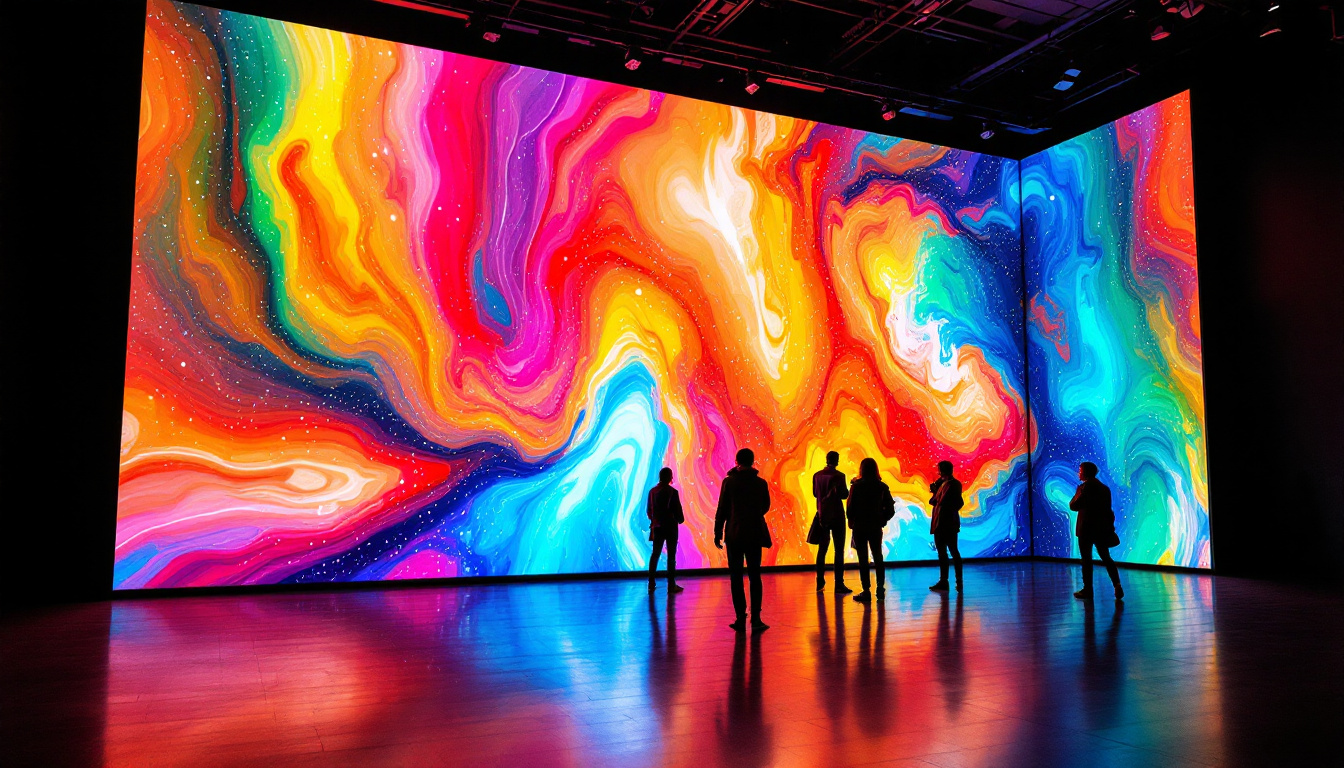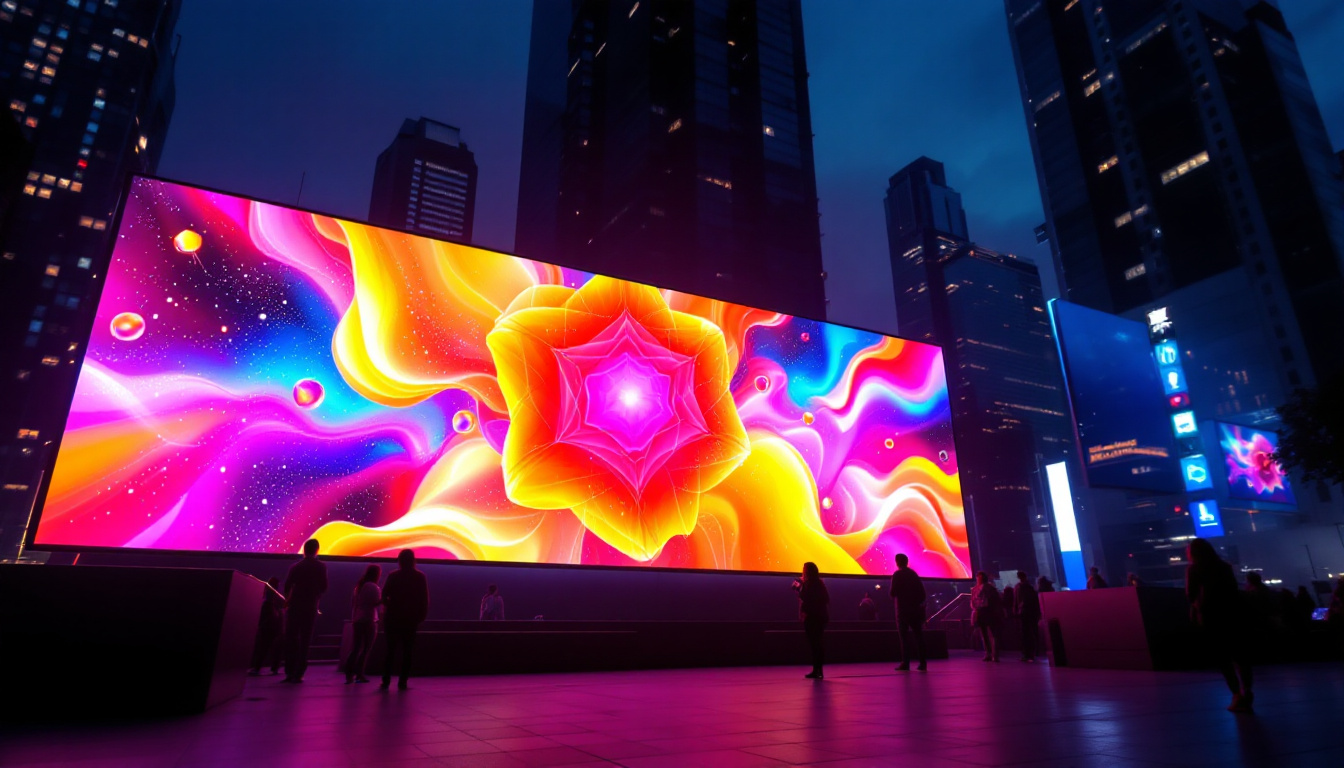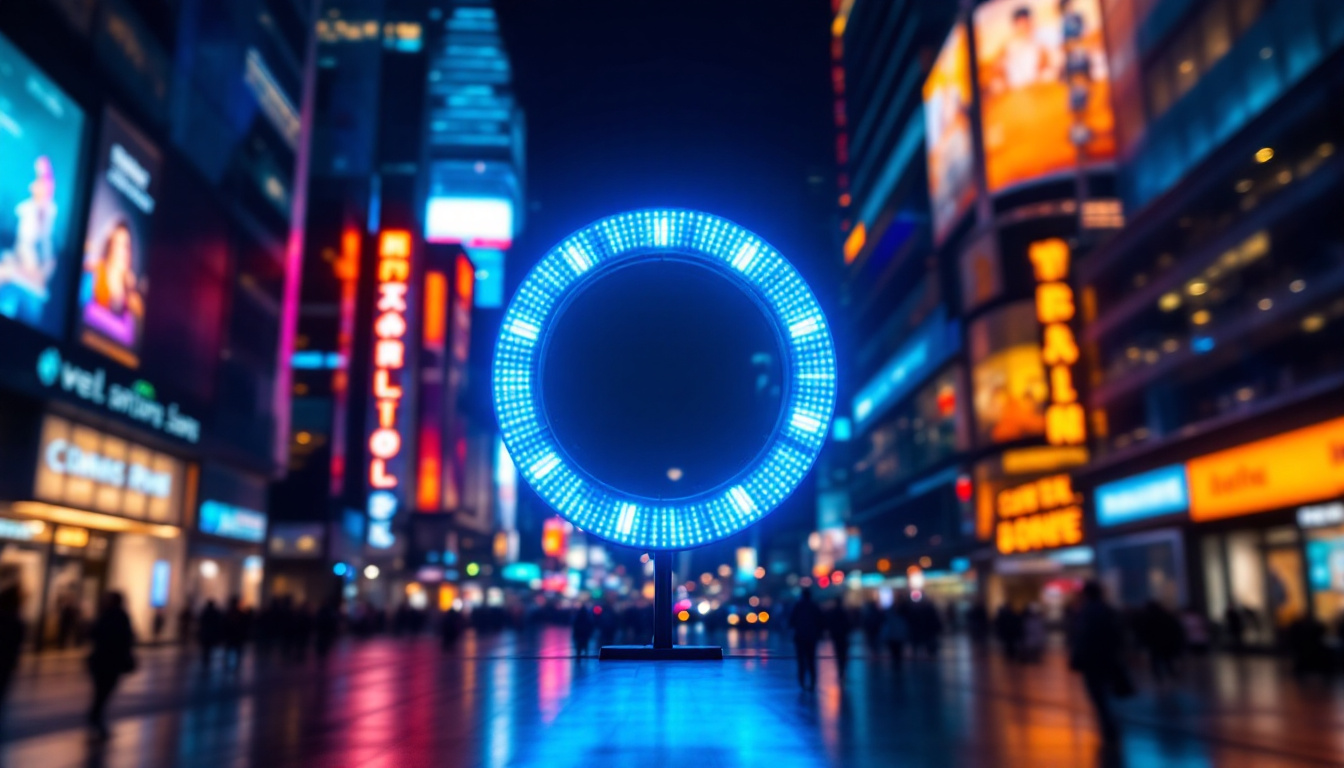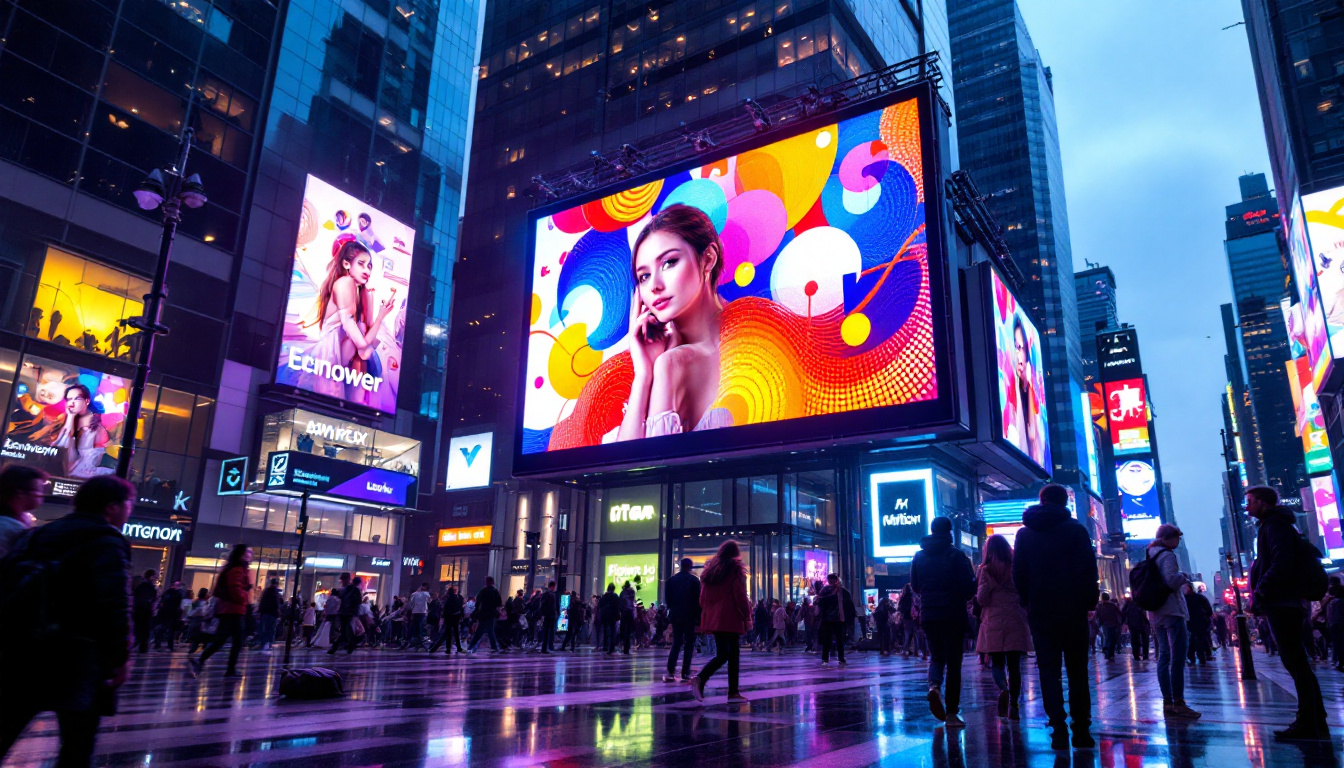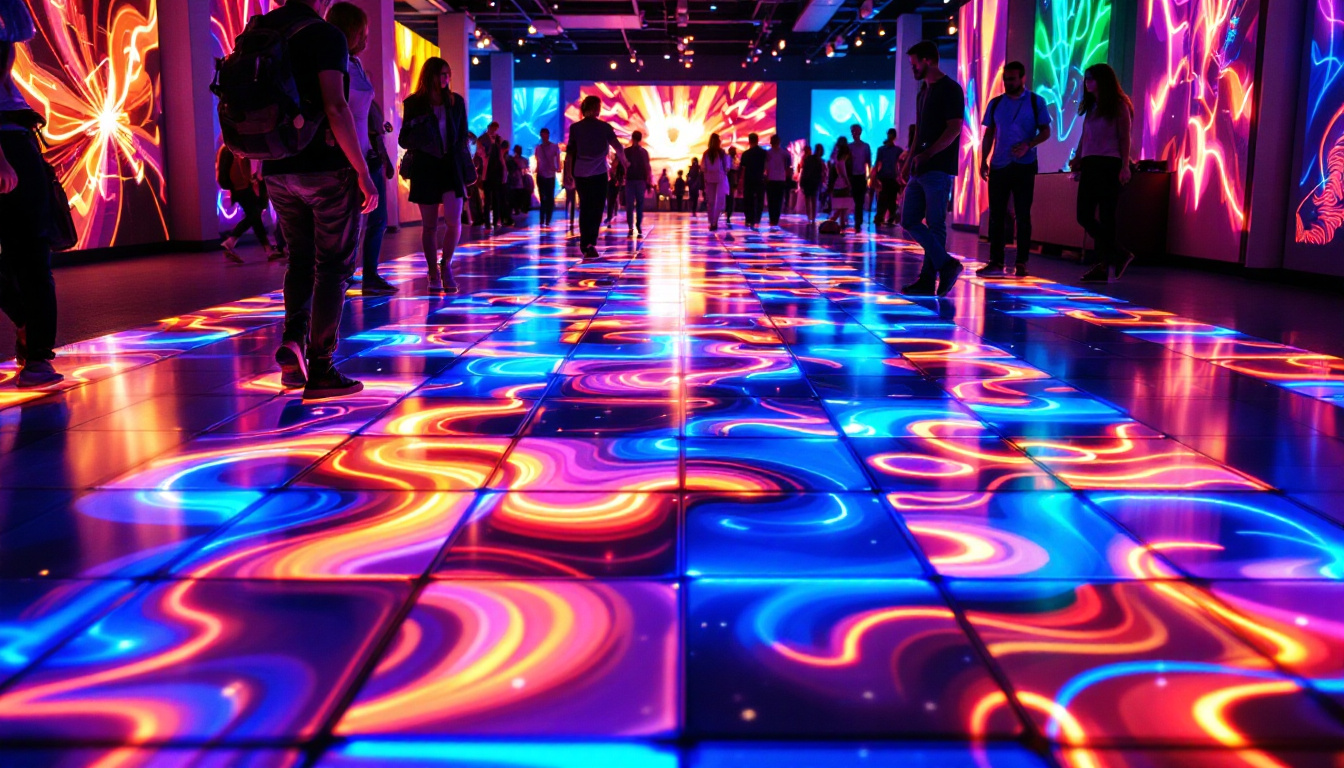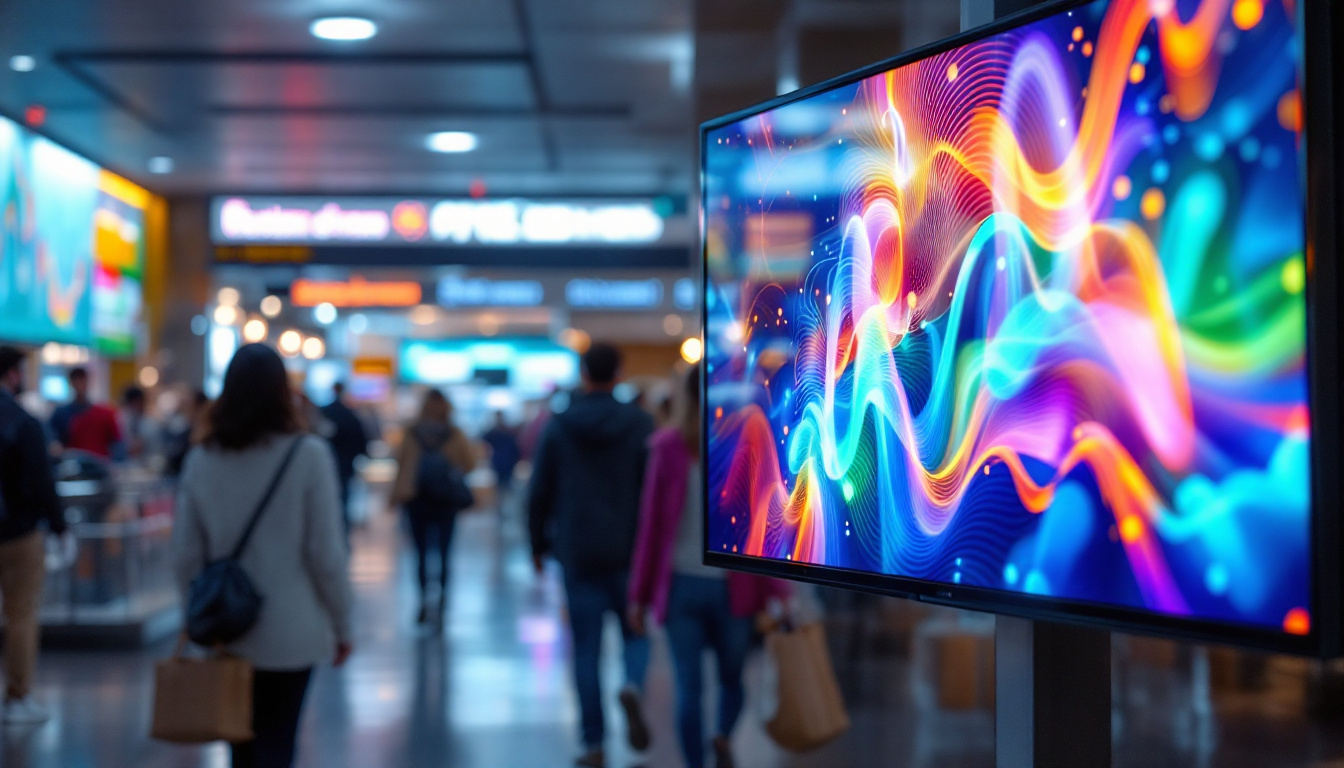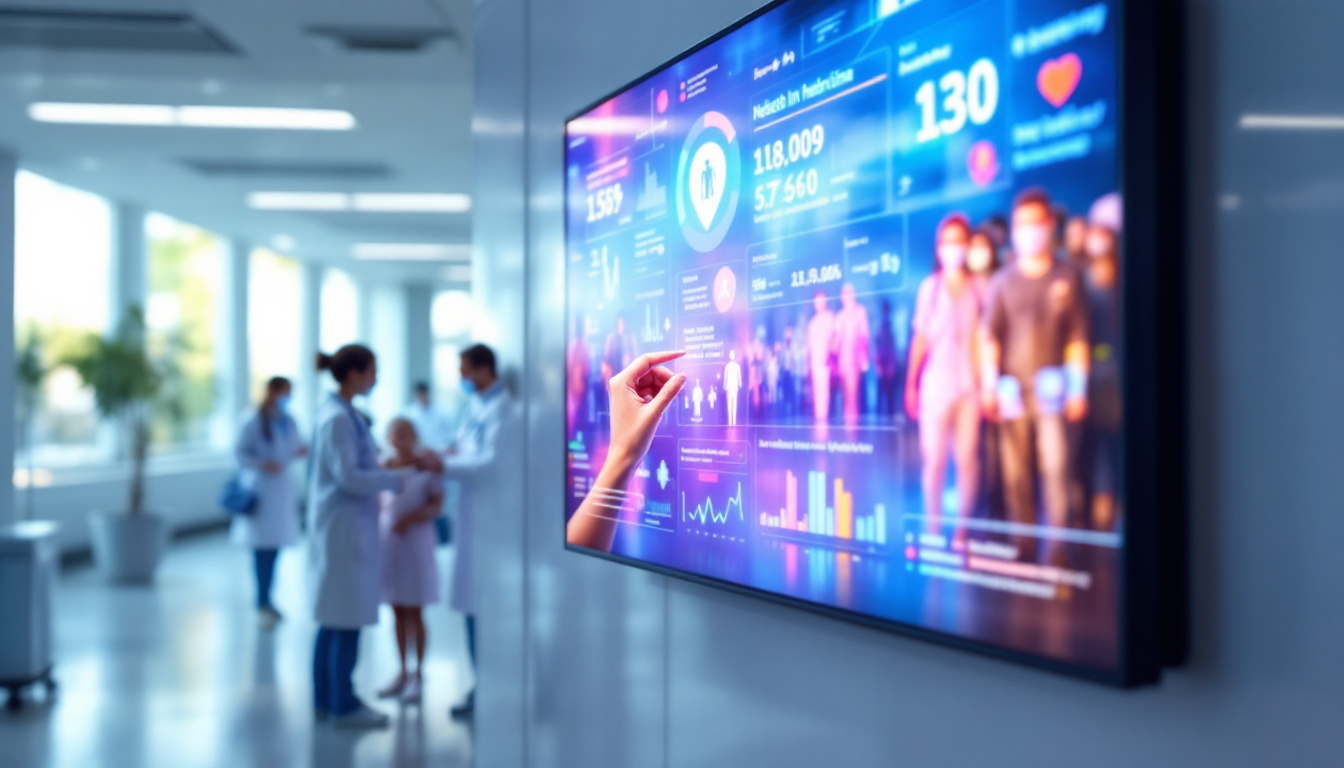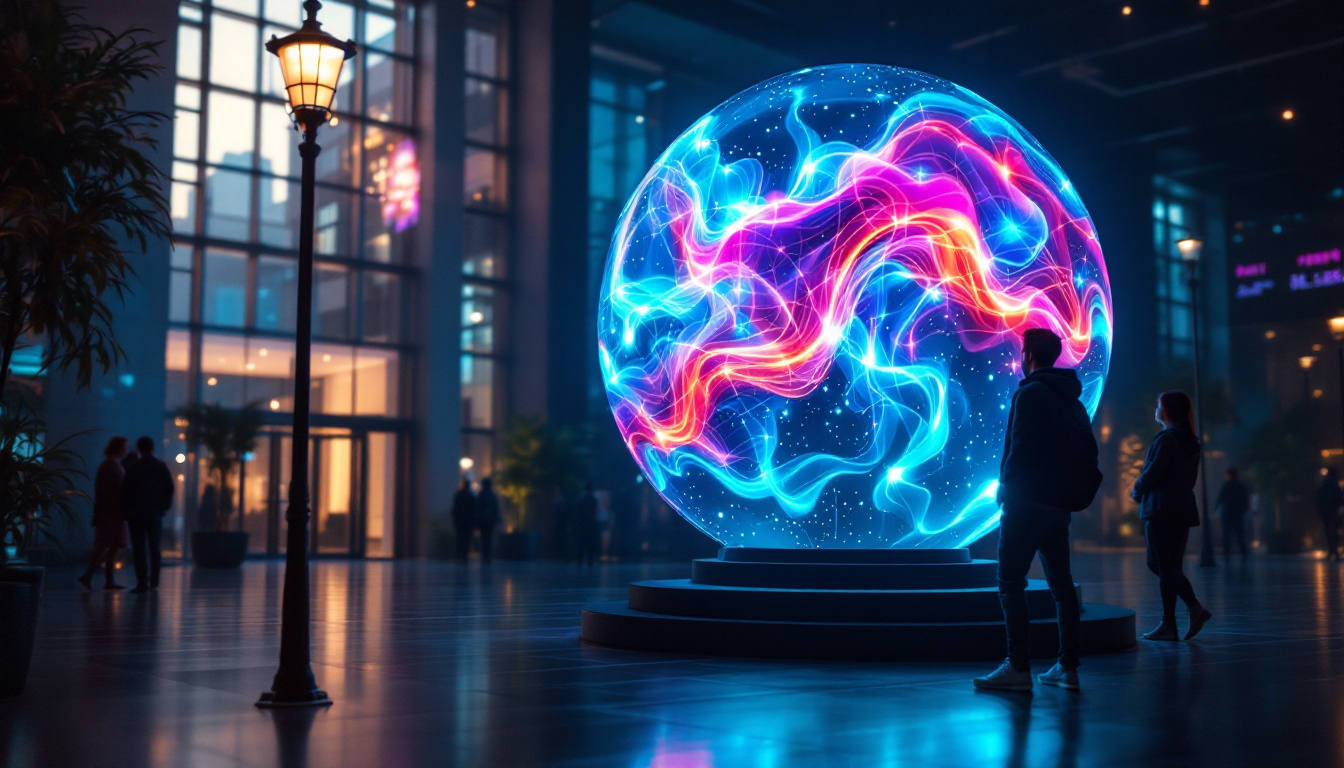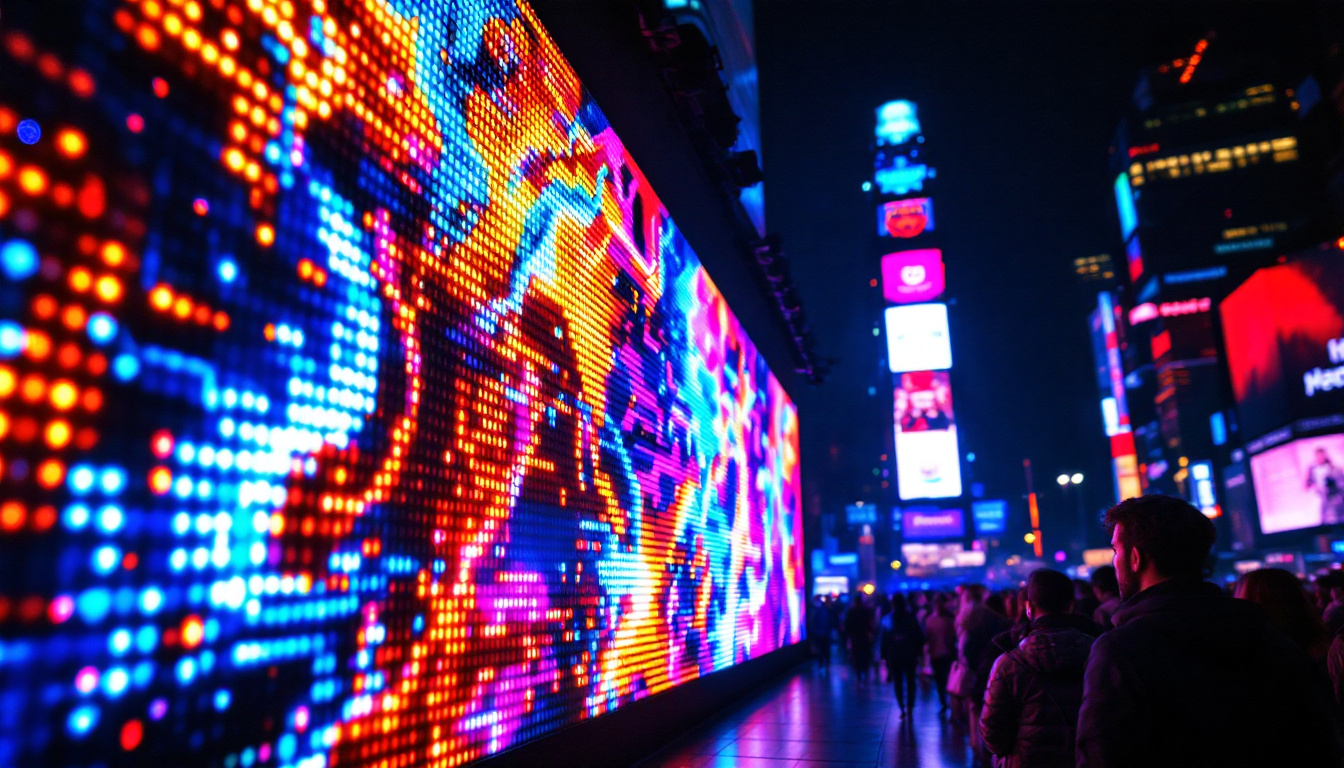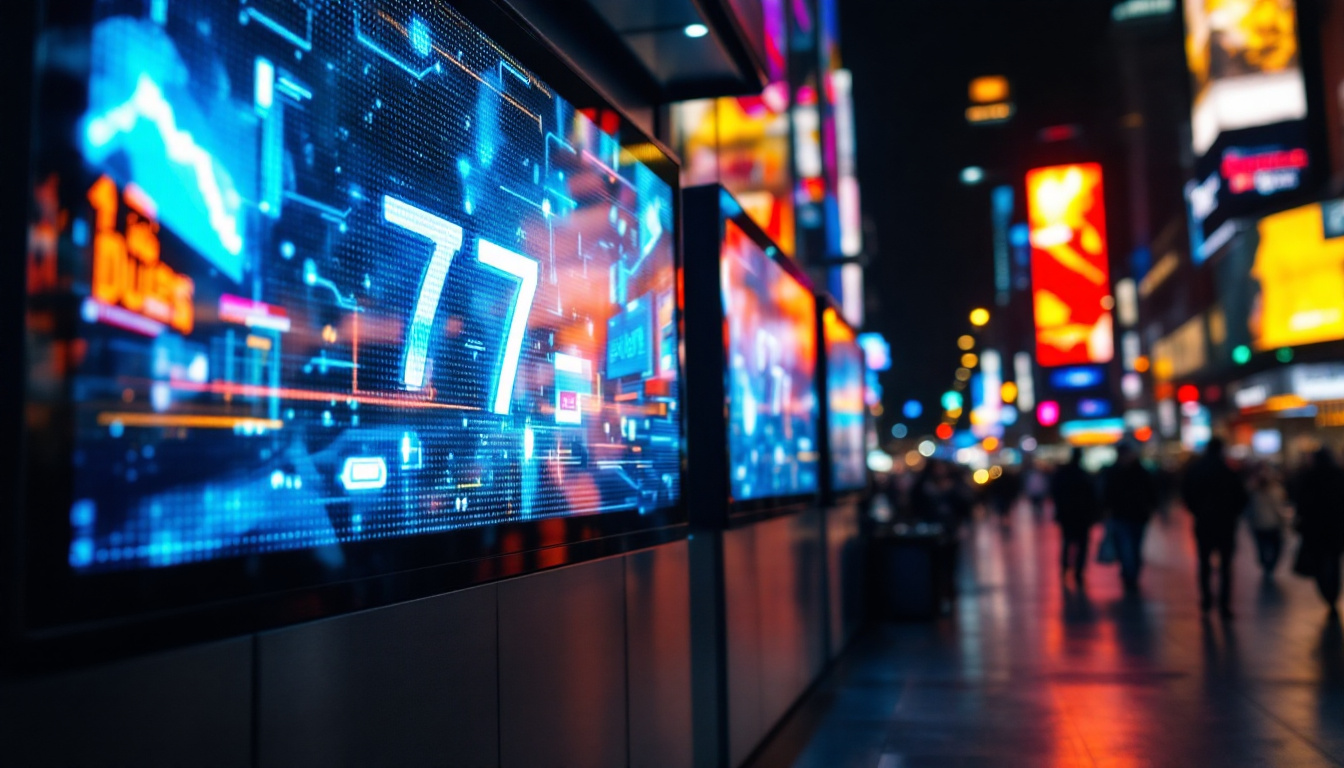In recent years, LED lighting has revolutionized the way we illuminate our spaces, both indoors and outdoors. The term “LED” stands for Light Emitting Diode, a technology that has gained immense popularity due to its energy efficiency, longevity, and versatility. This article delves into the meaning of LED lighting, its applications, and the intricacies of LED displays that are becoming increasingly prevalent in various settings.
Understanding LED Technology
LED technology is rooted in the principles of electroluminescence, where a semiconductor emits light when an electric current passes through it. This process differs significantly from traditional incandescent or fluorescent lighting, which relies on heating a filament or gas to produce light. As a result, LEDs are not only more energy-efficient but also produce less heat, making them safer and more sustainable.
How LEDs Work
The core component of an LED is a semiconductor material, typically made from compounds like gallium arsenide or gallium phosphide. When electricity flows through the semiconductor, electrons recombine with holes (the absence of electrons) in the material, releasing energy in the form of photons—this is the visible light we see. The color of the light emitted depends on the materials used in the semiconductor, allowing for a wide range of colors and shades.
One of the standout features of LEDs is their ability to produce light in a specific direction. Unlike traditional bulbs that emit light in all directions, LEDs can be designed to focus light where it is needed most, enhancing efficiency and reducing wasted energy. This directional nature is particularly beneficial in applications such as spotlights and task lighting, where precision is key.
The Advantages of LED Lighting
LED lighting offers numerous advantages over conventional lighting options. Firstly, they consume significantly less electricity, which translates to lower energy bills and a reduced carbon footprint. Secondly, LEDs have an impressive lifespan, often lasting up to 25,000 hours or more, compared to the 1,000 hours typical of incandescent bulbs. This longevity means fewer replacements and less waste.
Moreover, LEDs are more durable and resistant to shock, vibrations, and extreme temperatures. They also emit less heat, which not only contributes to energy savings but also minimizes the risk of overheating and fire hazards. These factors make LEDs an ideal choice for a variety of applications, from residential to commercial and industrial settings. In addition, the versatility of LED technology allows for innovative uses, such as in horticultural lighting, where specific wavelengths can promote plant growth, or in automotive lighting, where they enhance visibility and safety on the road.
Furthermore, the rapid advancements in LED technology have led to the development of smart lighting solutions that can be controlled remotely via smartphones or home automation systems. This integration not only adds convenience but also allows users to customize lighting settings to suit their mood or activity, further enhancing the appeal of LED lighting in modern homes and workplaces. As the demand for energy-efficient solutions continues to rise, the evolution of LED technology promises to play a pivotal role in shaping the future of lighting.
Applications of LED Lighting
The versatility of LED technology has led to its adoption across numerous sectors. From home lighting to large-scale commercial displays, the applications are vast and varied.
Residential Use
In homes, LED lighting is used for ambient, task, and accent lighting. With the ability to produce a wide range of color temperatures, LEDs can create different moods and atmospheres. Warm white LEDs are often used in living spaces to create a cozy environment, while cooler white LEDs are preferred in kitchens and workspaces for better visibility.
Additionally, LED strip lights have gained popularity for their flexibility and ease of installation. They can be used to highlight architectural features, illuminate cabinets, or create decorative effects. Smart LED bulbs that can be controlled via smartphone apps or voice commands have also become a staple in modern homes, allowing for personalized lighting experiences. Beyond aesthetics, the energy efficiency of LEDs contributes to lower electricity bills, making them an economically savvy choice for homeowners. Furthermore, with advancements in technology, many LED fixtures now come with features such as dimming capabilities and color-changing options, enabling users to tailor their lighting to suit various activities and times of day.
Commercial and Industrial Applications
In commercial settings, LED lighting is utilized for both aesthetic and functional purposes. retail stores often employ LED displays to showcase products, attract customers, and enhance the shopping experience. The vibrant colors and high brightness levels of LED displays make them ideal for advertising and promotions. Additionally, the longevity of LED lights means that businesses can reduce maintenance costs associated with frequent bulb replacements, further enhancing their appeal.
In industrial environments, LEDs are used for overhead lighting in warehouses and factories, providing bright, efficient light that improves visibility and safety. Their durability and resistance to harsh conditions make them suitable for outdoor applications as well, such as street lighting and parking lots. Moreover, the ability to integrate LED systems with smart technology allows for advanced features like motion sensors and daylight harvesting, optimizing energy use and ensuring that lights are only on when needed. This not only contributes to sustainability efforts but also aligns with the growing trend of smart cities, where energy efficiency and technological integration are paramount. The adaptability of LED lighting solutions in these sectors underscores their critical role in modern infrastructure and urban development.
Exploring LED Displays
LED displays are a specific application of LED technology that has gained significant traction in recent years. These displays are used in a variety of settings, from digital billboards to television screens, and offer a dynamic way to convey information and engage audiences.
Types of LED Displays
There are several types of LED displays, each designed for specific applications. The most common types include:
- LED Billboards: Large outdoor displays used for advertising, often seen along highways and in urban areas.
- Video Walls: Composed of multiple LED panels, these displays are used in venues like stadiums, concert halls, and control rooms to create a large, seamless image.
- Digital Signage: Used in retail environments, airports, and public spaces to provide information, directions, and promotions.
Benefits of LED Displays
LED displays offer several advantages over traditional display technologies. They provide high brightness levels, making them visible even in direct sunlight, which is crucial for outdoor applications. Additionally, LED displays have a wide viewing angle, ensuring that the content is visible from various positions.
Another significant benefit is their energy efficiency. LED displays consume less power than LCD or plasma screens, leading to lower operational costs. They also have a longer lifespan, reducing the need for frequent replacements and maintenance.
Challenges and Considerations
Despite the numerous advantages of LED lighting and displays, there are challenges and considerations that must be addressed. One of the primary concerns is the initial cost. While LED products have become more affordable over the years, they can still be more expensive upfront compared to traditional lighting options. However, the long-term savings on energy bills and maintenance often justify the initial investment.
Environmental Impact
Another consideration is the environmental impact of LED manufacturing and disposal. While LEDs are more energy-efficient, the production process involves the use of rare materials and chemicals. Additionally, improper disposal can lead to environmental hazards. It is essential to promote recycling programs and responsible disposal methods to mitigate these impacts.
Color Quality and Flicker
Color quality is another aspect that can be a concern with some LED products. Not all LEDs produce light of the same quality; some may have a color rendering index (CRI) that is lower than desirable, affecting how colors appear under their light. Furthermore, some LED lights can flicker, which may cause discomfort or eye strain for sensitive individuals. It is crucial to select high-quality LED products that meet specific standards to ensure optimal performance.
The Future of LED Lighting and Displays
The future of LED technology looks promising, with continuous advancements and innovations on the horizon. As the demand for energy-efficient solutions grows, manufacturers are investing in research and development to enhance the capabilities of LEDs.
Smart Lighting Integration
One of the most exciting trends is the integration of LED lighting with smart technology. Smart LEDs can be controlled remotely, allowing users to adjust brightness, color, and even set schedules for when lights turn on or off. This level of control not only enhances convenience but also contributes to energy savings by ensuring lights are only on when needed.
Advancements in Display Technology
In the realm of LED displays, advancements such as microLED and OLED technologies are emerging. MicroLED displays offer higher resolution and better color accuracy, while OLED displays provide deeper blacks and improved contrast. These technologies have the potential to redefine the visual experience in both consumer electronics and large-scale displays.
Conclusion
LED lighting and displays have transformed the way we illuminate and communicate in our environments. With their energy efficiency, longevity, and versatility, LEDs are becoming the go-to choice for a wide range of applications. While there are challenges to address, the benefits far outweigh the drawbacks, making LEDs a sustainable and innovative solution for the future.
As technology continues to evolve, the potential for LED lighting and displays will only expand, paving the way for smarter, more efficient, and visually stunning environments. Embracing this technology not only enhances our daily experiences but also contributes to a more sustainable future.
Illuminate Your Space with LumenMatrix
Ready to elevate your environment with the most innovative LED lighting and display solutions? Discover LumenMatrix’s diverse range of products, from Indoor and Outdoor LED Wall Displays to specialized options like Vehicle, Sports, and Floor LED Displays. Our mission is to revolutionize visual communication with digital signage that captivates and engages. Whether you’re looking to enhance brand visibility or create a mesmerizing visual experience, LumenMatrix is here to illuminate your vision. Check out LumenMatrix LED Display Solutions and take the first step towards a brighter, more sustainable future.

